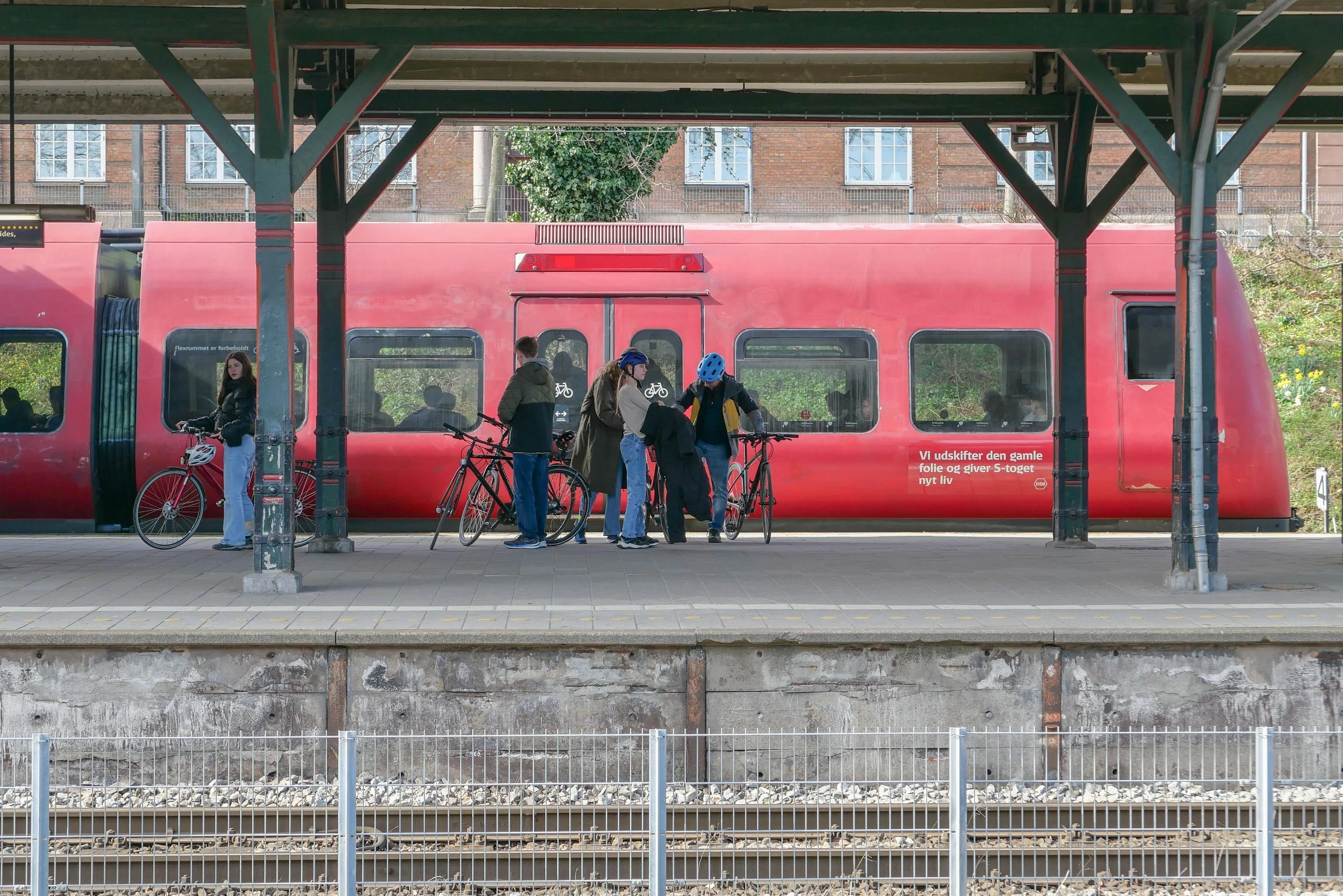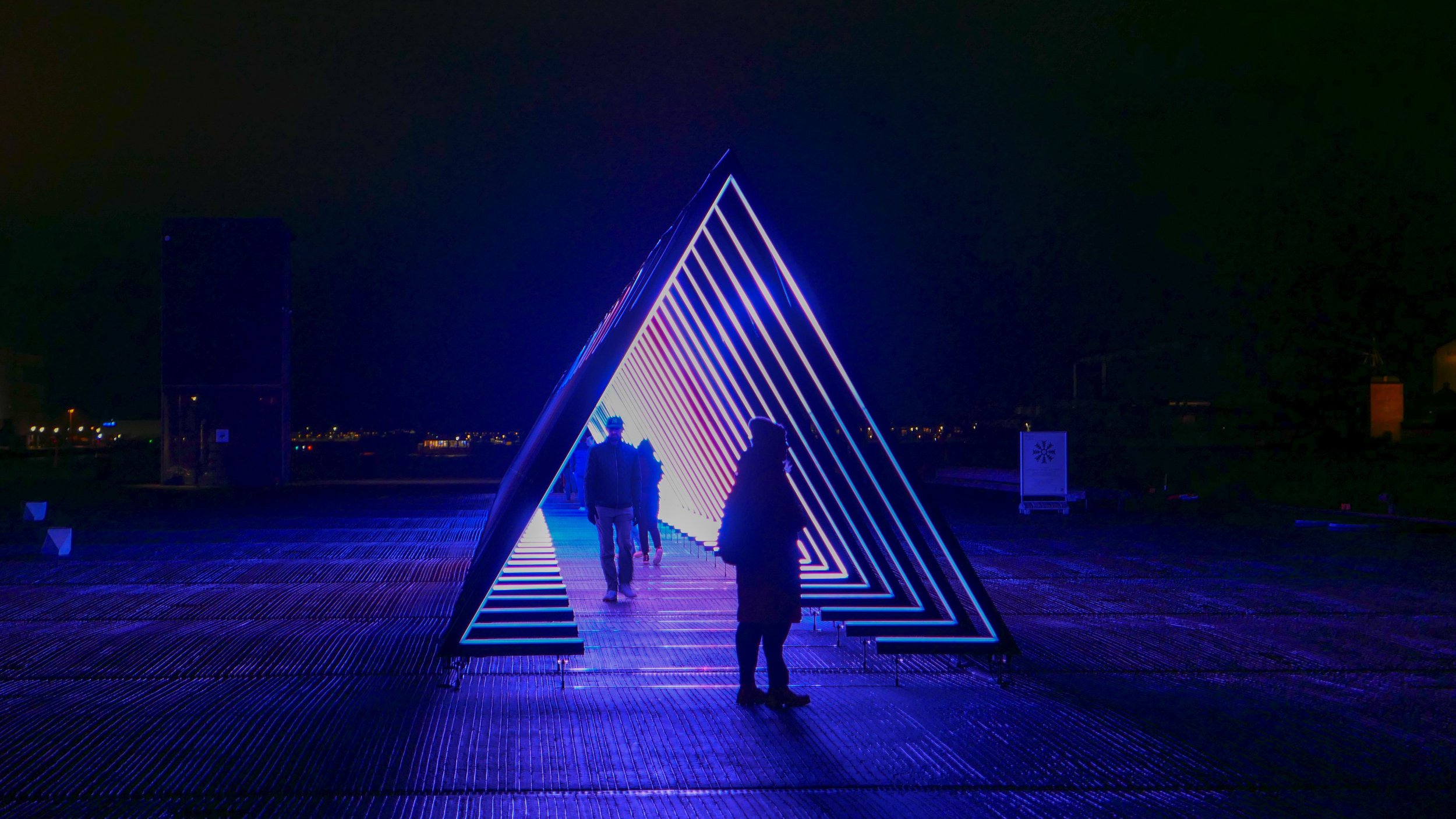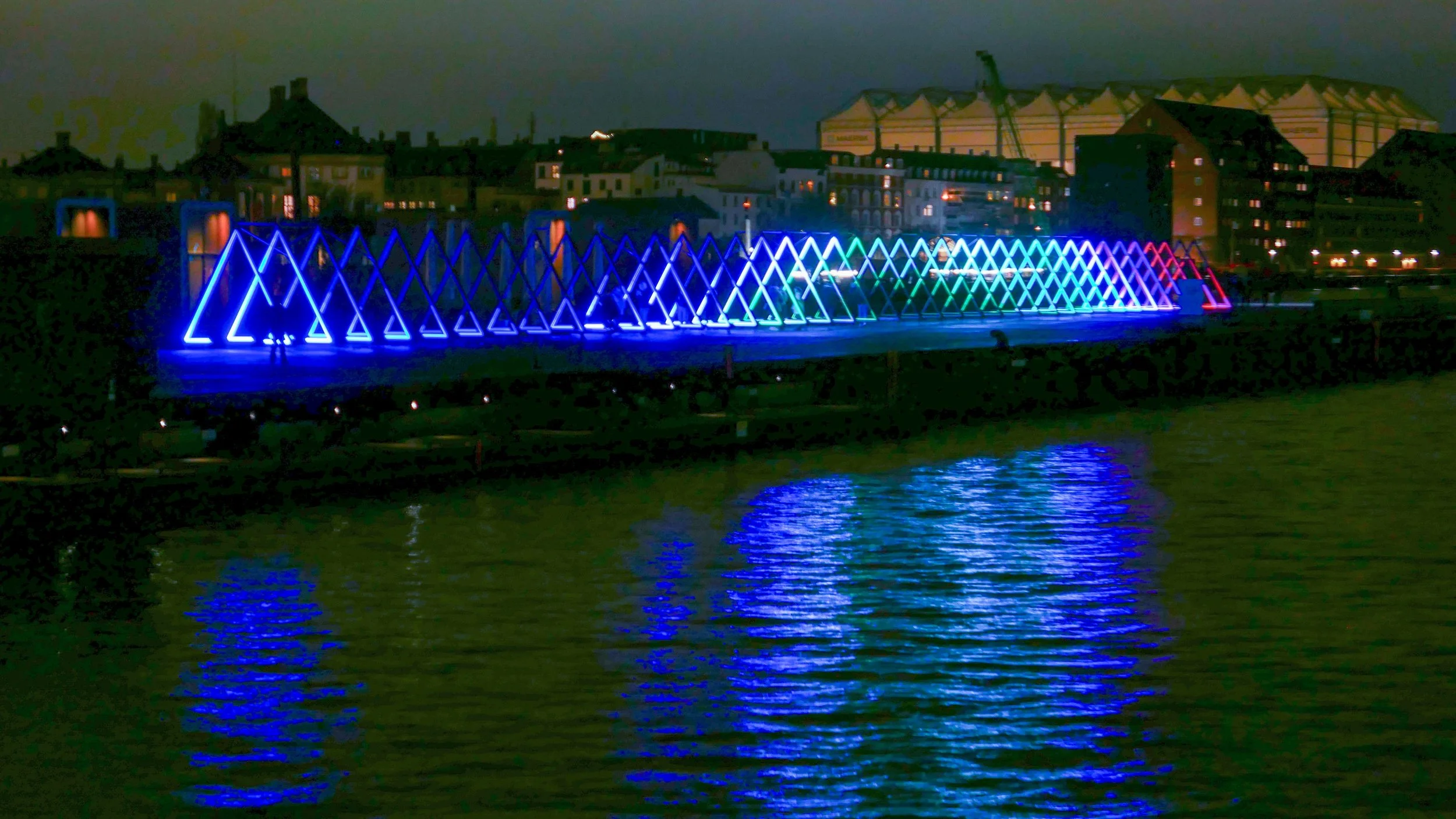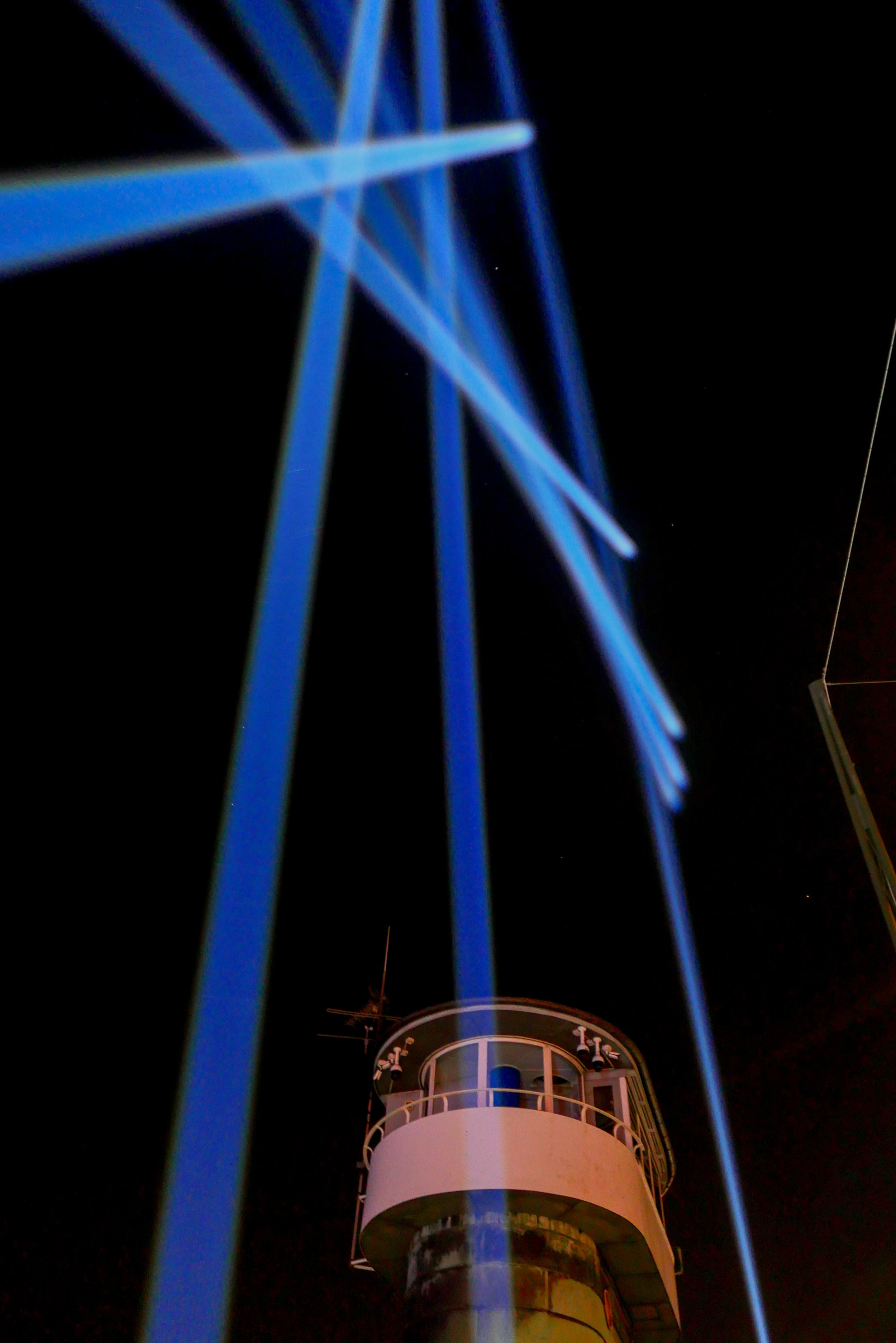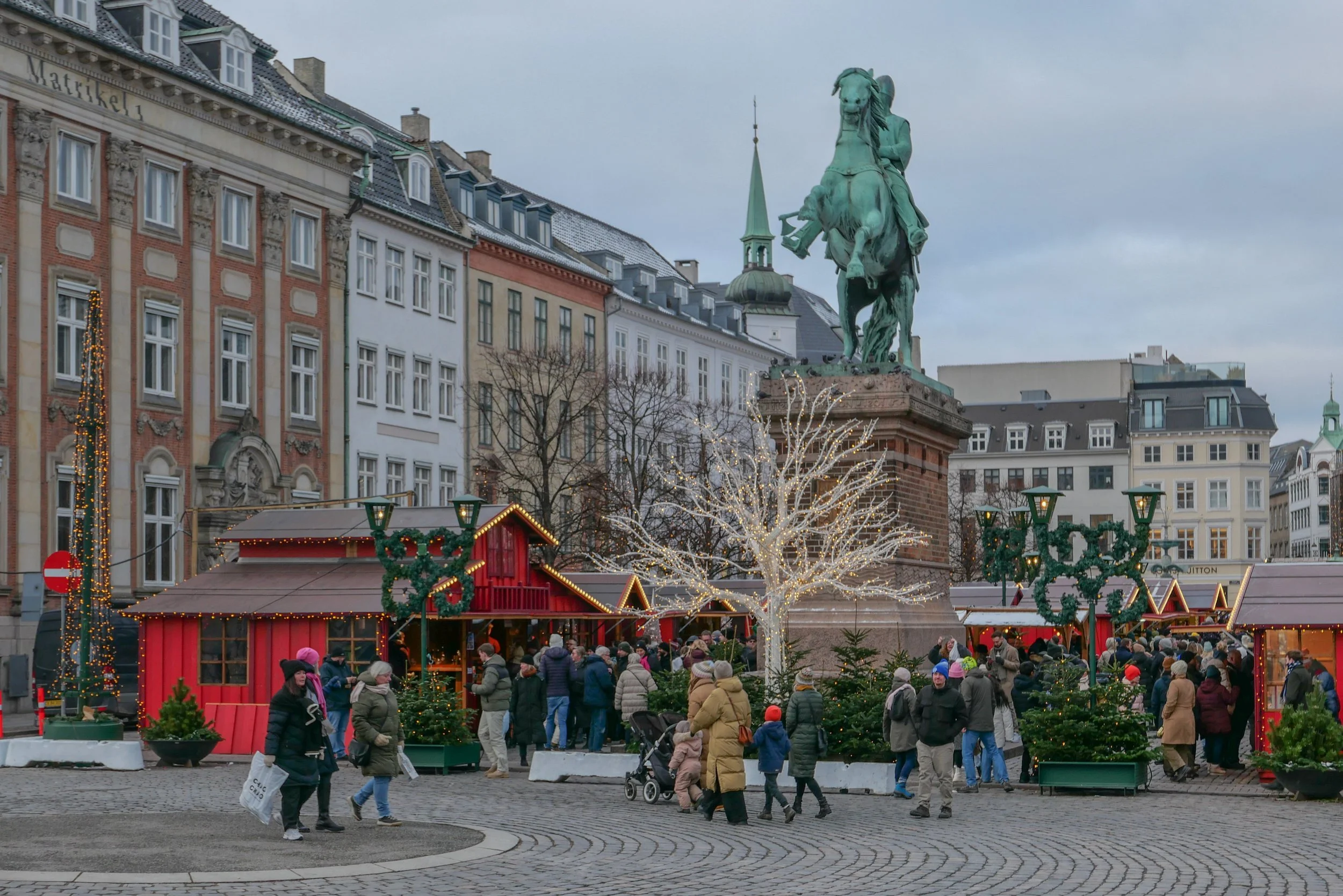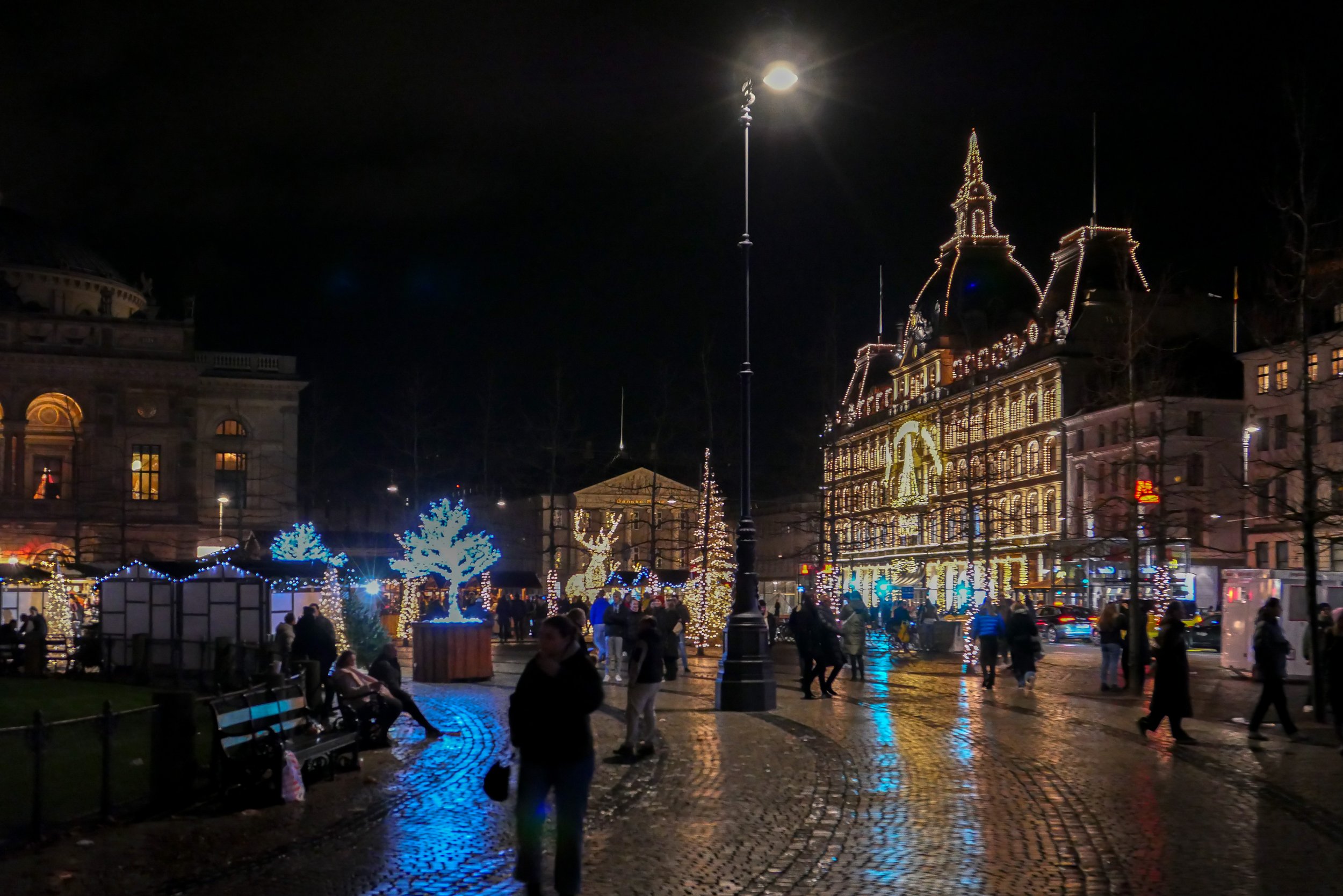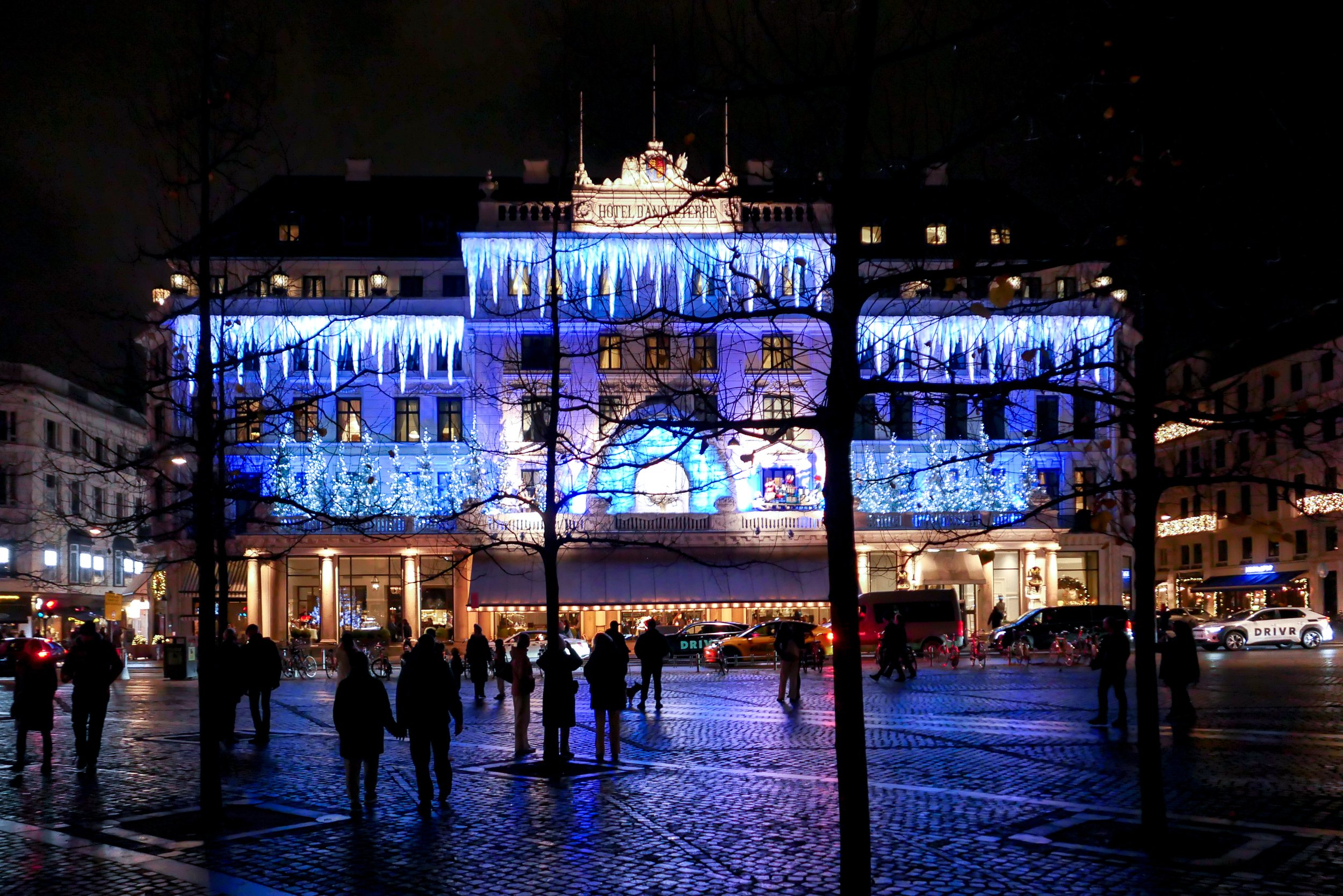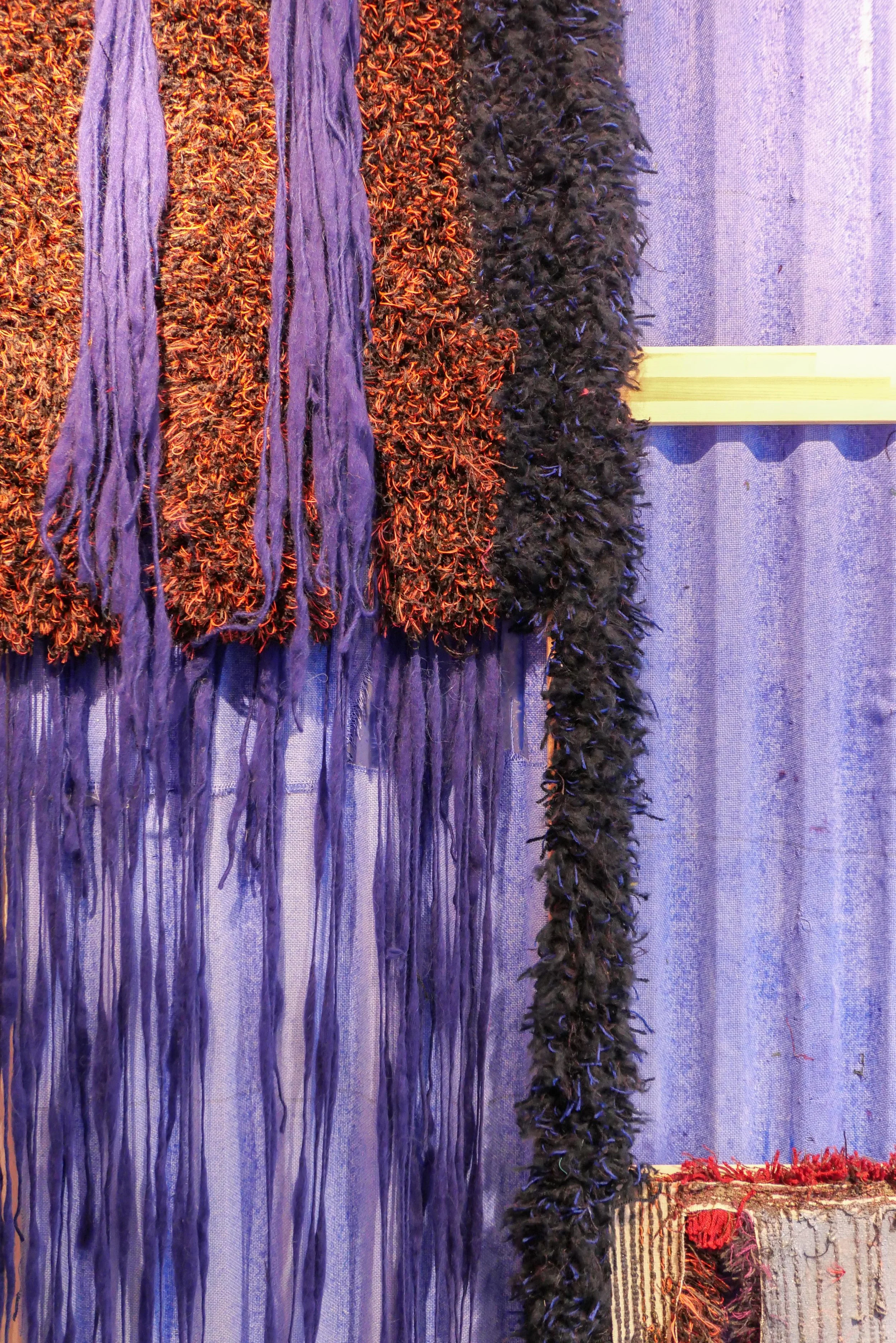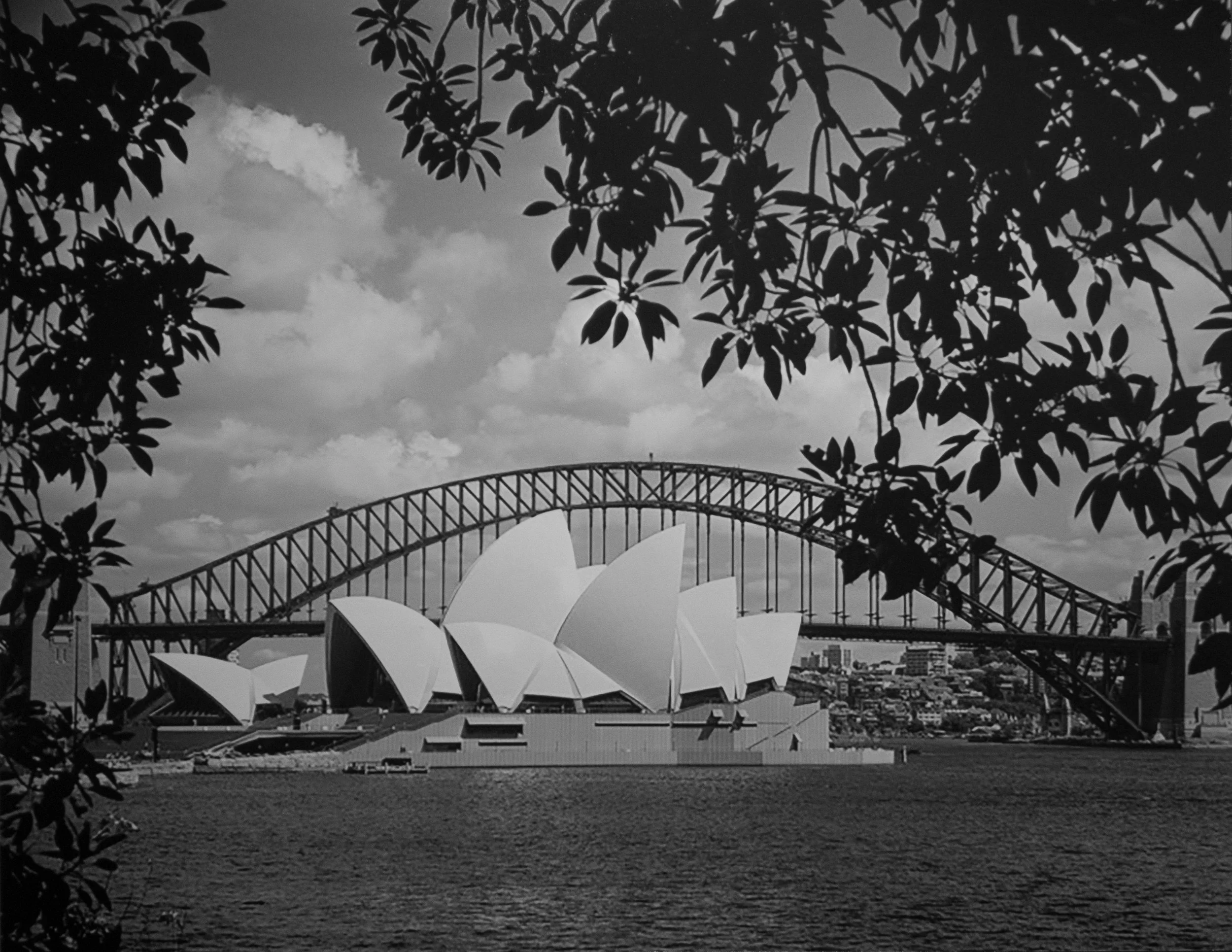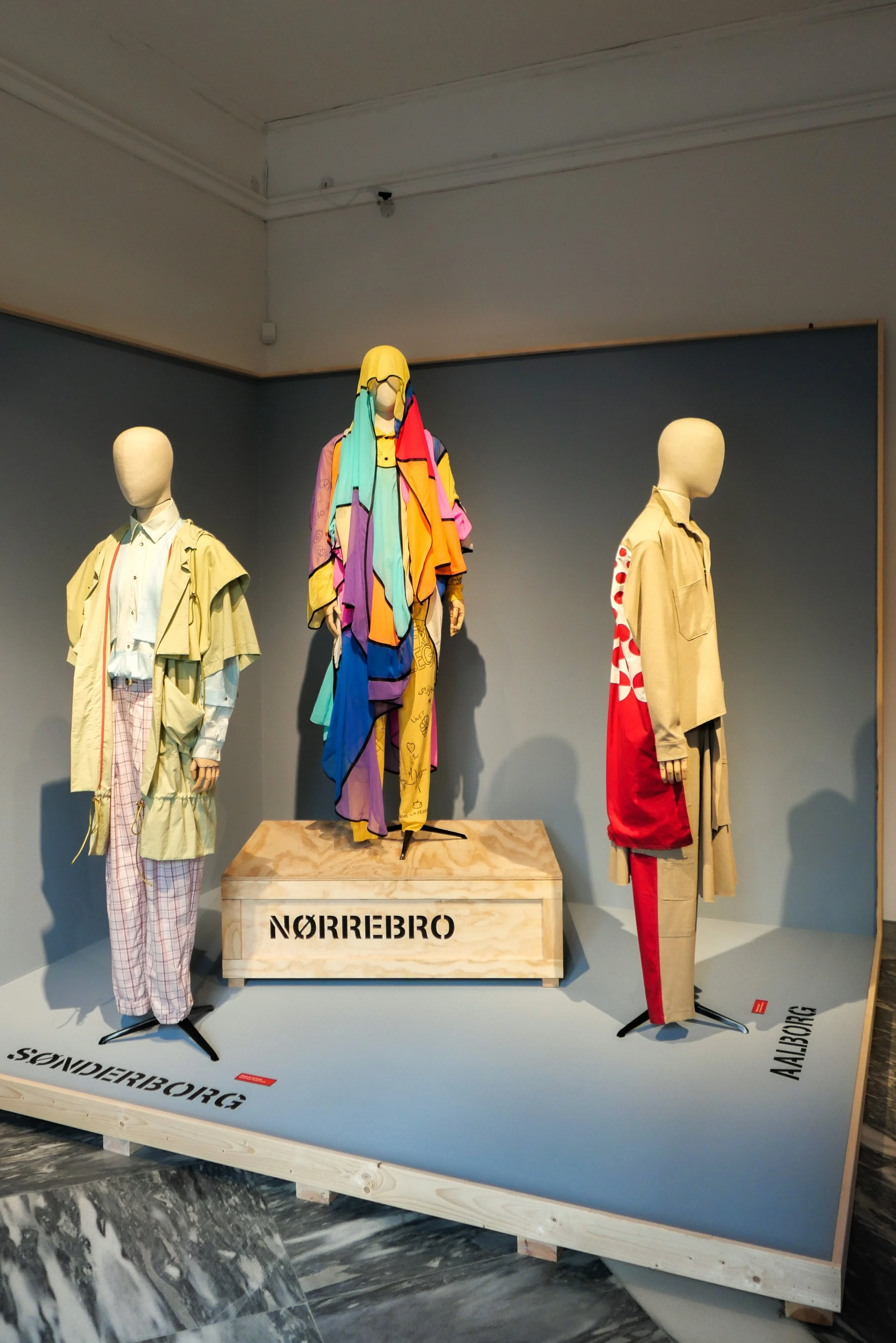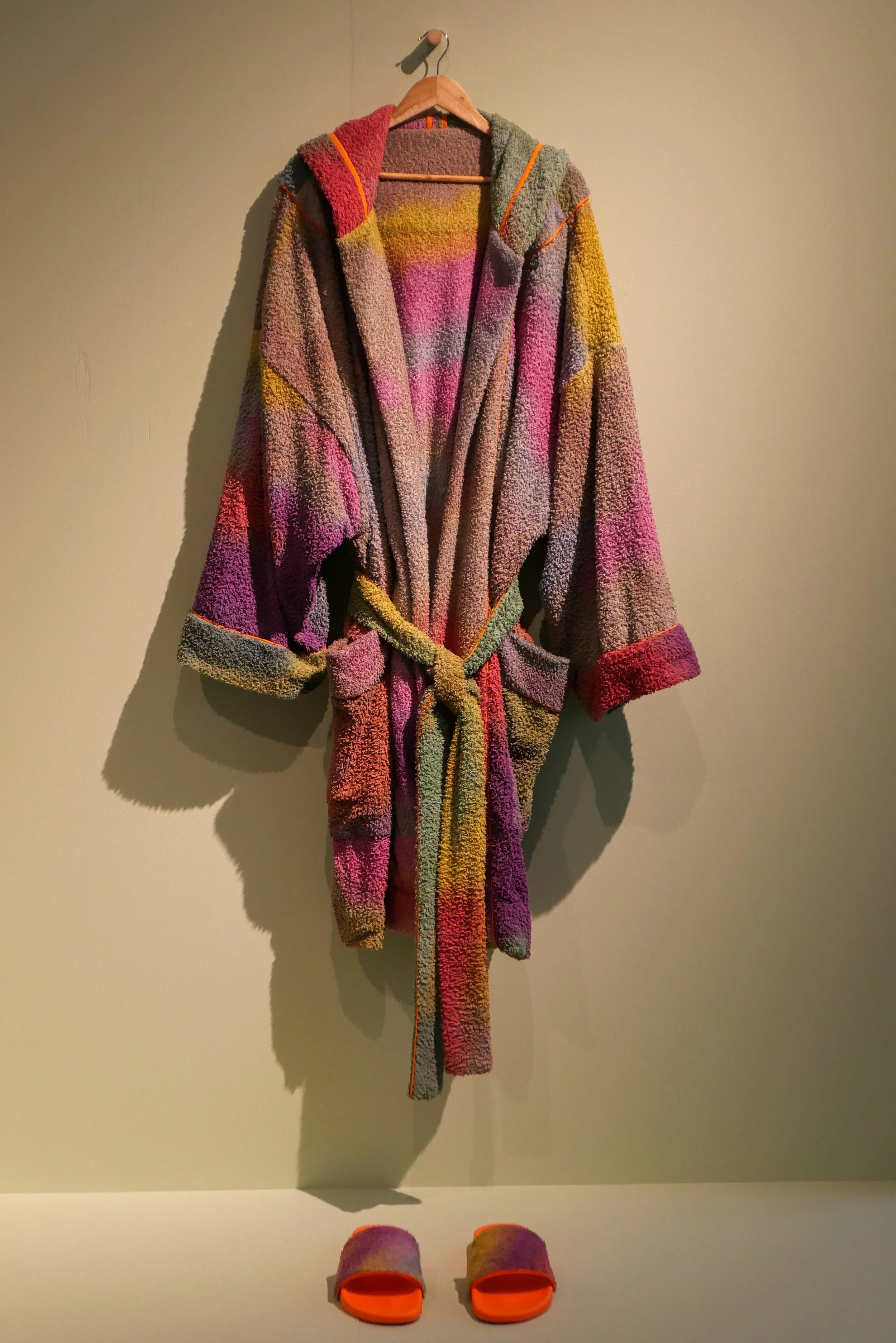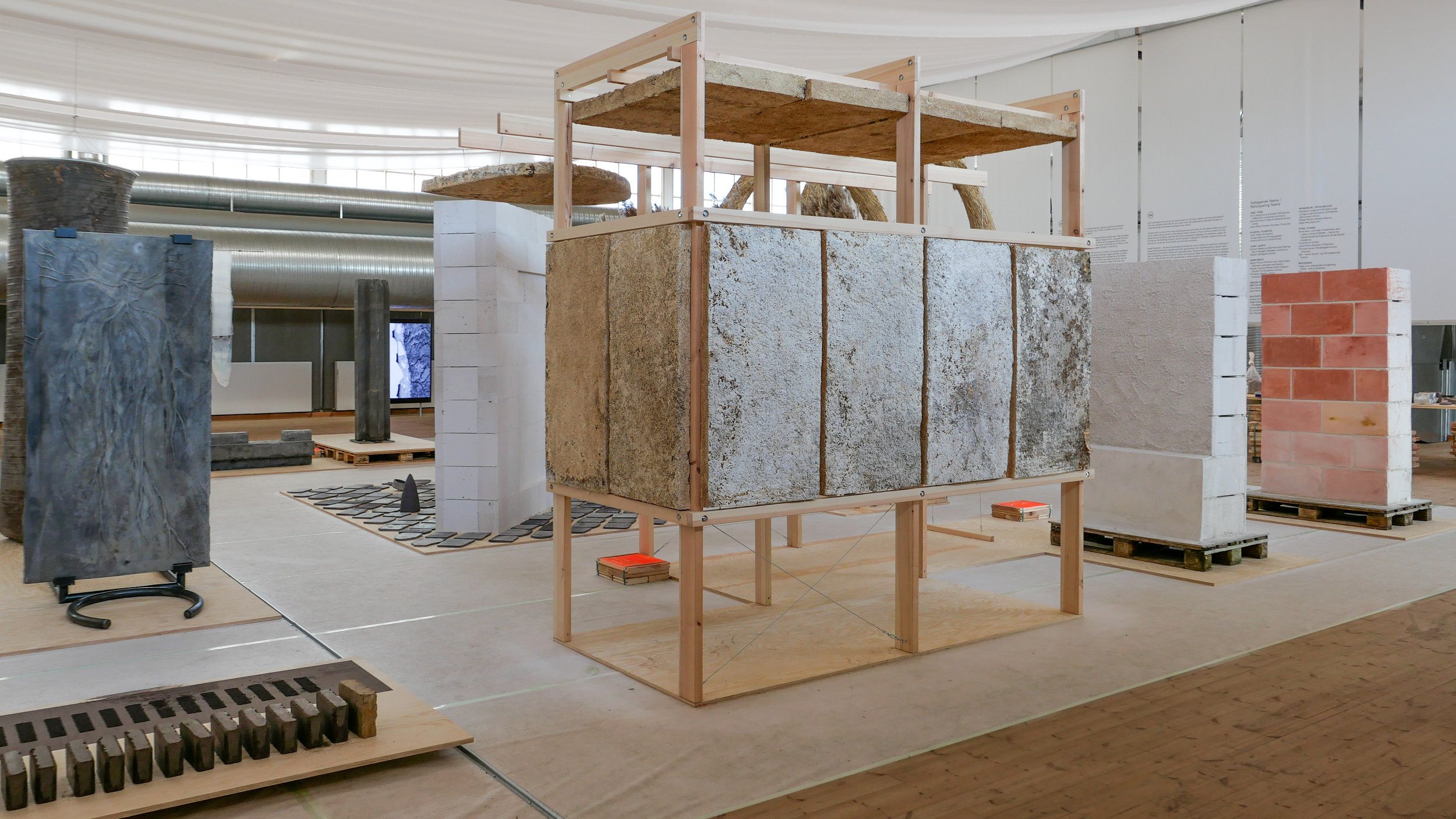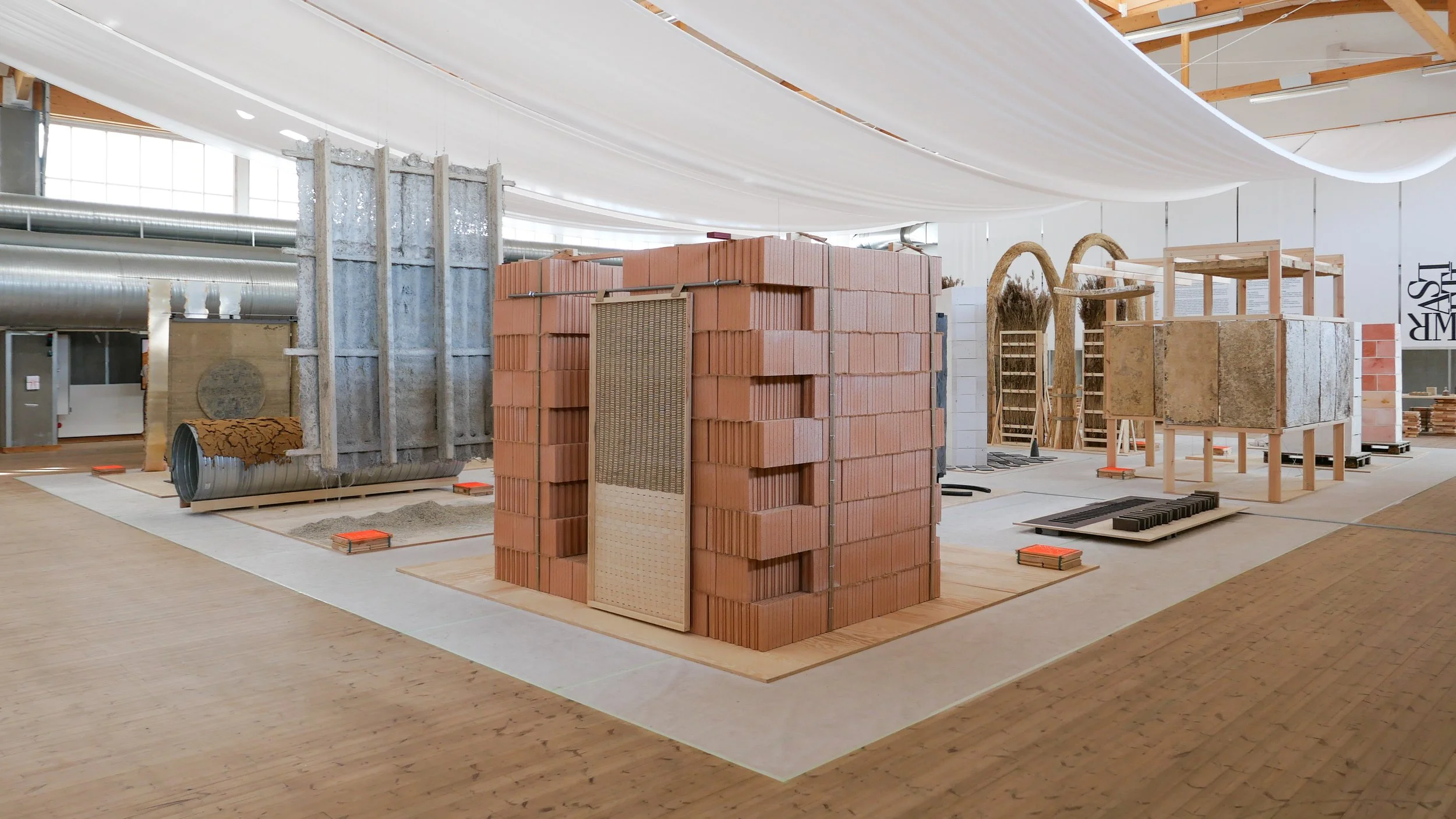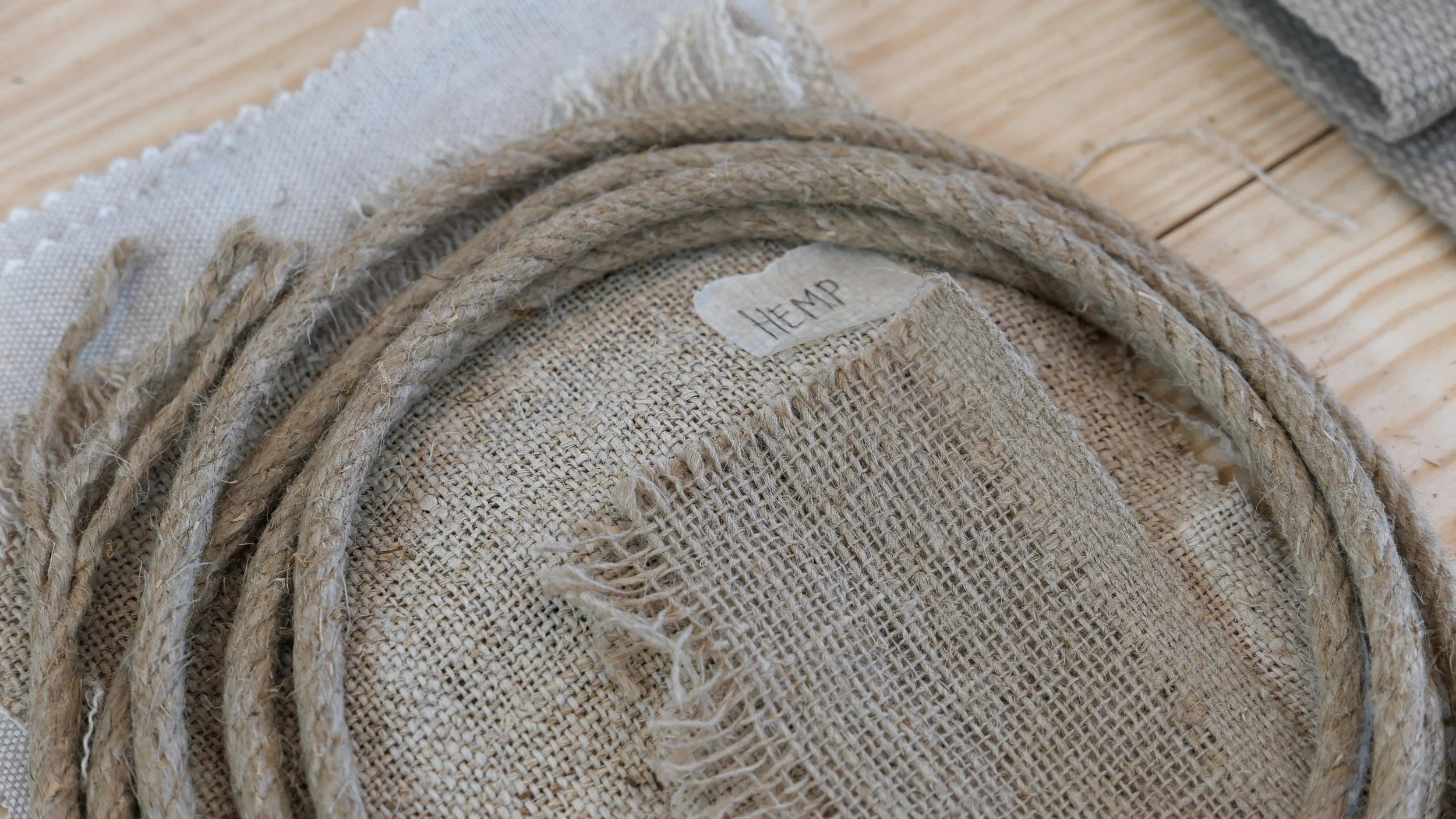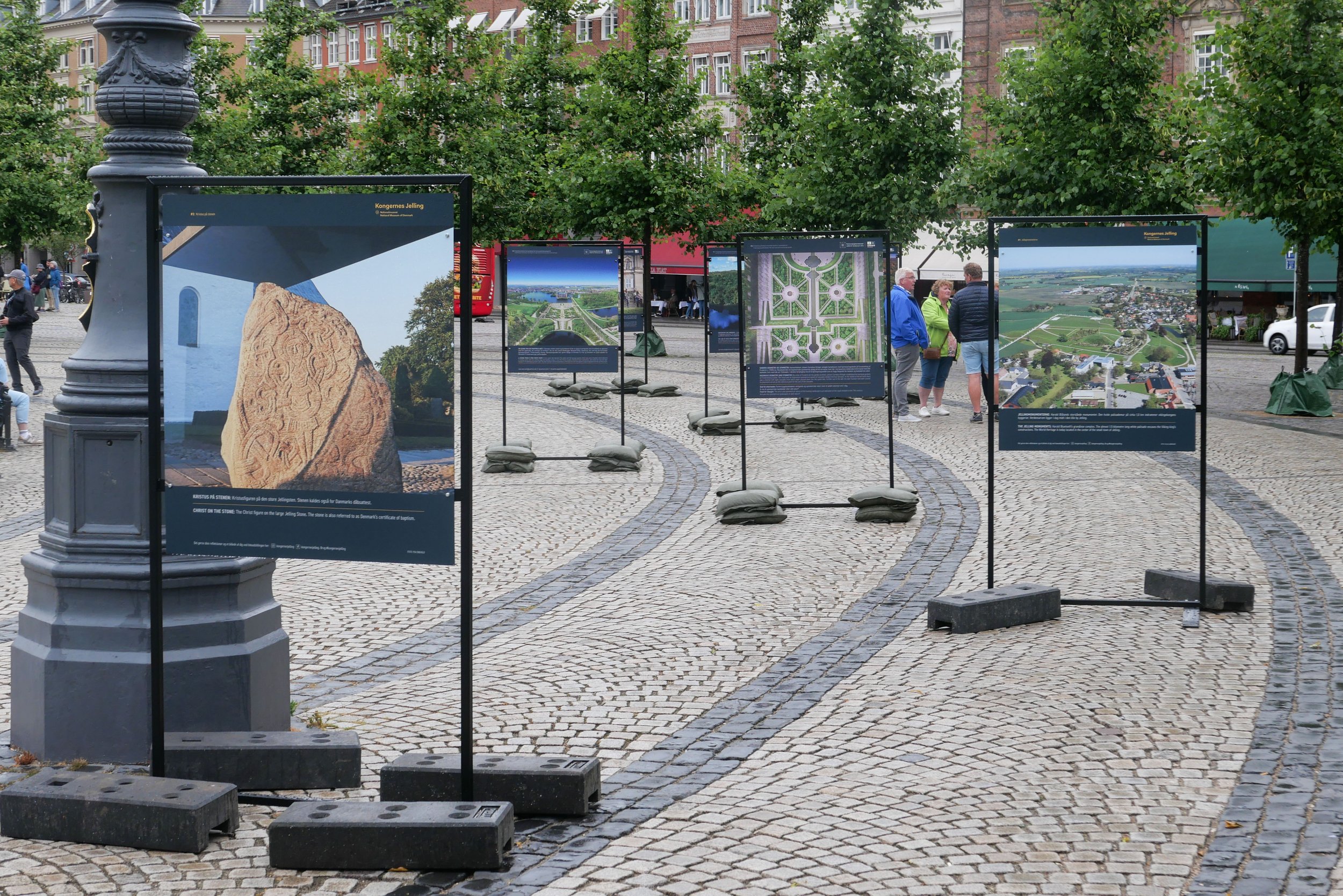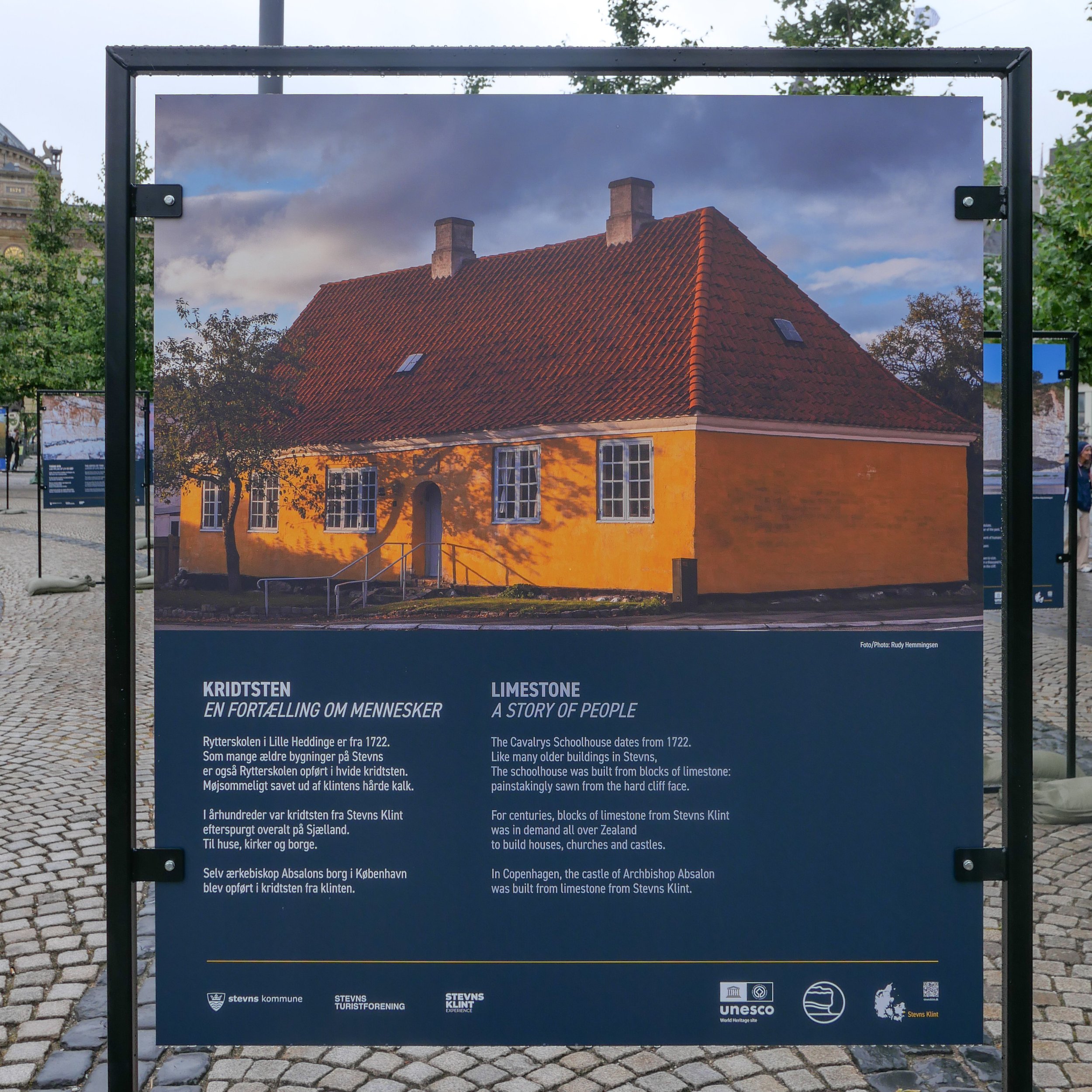Store Bededag - Great Prayer Day in Copenhagen
/Tomorrow is the fourth Friday after Easter so that means it is Store Bededag or Great Prayer Day in Denmark.
Great Prayer Day fascinates me because it seems to show just how practical Danes are and even when it comes down to organising religious festivals.
By the late 17th century it seems that there was a problem because people were marking different saint days and choosing different saints to celebrate. Not quite a day off work for someone somewhere but in 1686, Christian V rolled together all the days for celebrating minor saints through the Spring into one day off and decreed that, thenceforth, there would be just a single holiday .... Great Prayer Day.
Then, last year, the Danish government down graded it as a public holiday so tomorrow, for the first year since 1686, Danes will not take the day off from work or, rather, not take the day off and still be paid.
The reason? The state has to pay for increased expenditure on defence and, apparently, everyone working through what should otherwise have been a public holiday helps.
With many events through the year in Denmark, there are distinct foods linked to specific celebrations …. fastelavnsboller for Lent or goose for Mortenaften - the feast of Saint Martin in November - or the special beer on the first Friday in November for julebrygsdag or Christmas Brew Day. For Great Prayer Day it's Hveder .... wheat buns flavoured with cardamom.
The logic is impeccable. Because it was a religious festival, bakers could not work on the Friday, so they baked these yeast buns on Thursday so citizens had bread for the holiday.
The buns are light and are baked in trays and dough, formed into small balls, is set out in the tray in lines with regular spaces between. As they rise, they come up against the adjoining dough to form almost-square buns with a domed top. Edges, where they touch the next bun, remain soft while the tops brown in the oven.
Inevitably, these soft, light, rolls, with a delicate hint of cardamom, rarely last until Friday. The normal way is to eat them warm, pulled apart and spread with butter.
By tradition, church bells are rung on Thursday evening to mark the start of the religious holiday on Friday and, in Copenhagen, there is a centuries-old habit for citizens, on Thursday evening, to walk the ramparts - the high banks of the city defences - or families walk around the rampart of Katellet - the fortress at the north end of the inner city - with views from there across the city and across the harbour and the sound.
When I was at school, we had to write reviews or criticisms of books and music and works of art and the one word that was always scrubbed out with red ink, when these efforts were marked, was the word nice. I remembered that this afternoon when I walked across to buy wheat buns and I realised just how "nice" these Danish traditions are. Maybe I'm just getting old in a bad World but these days I'm really happy when anything is nice.



